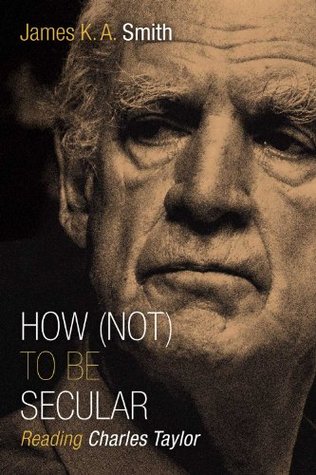More on this book
Community
Kindle Notes & Highlights
Read between
December 10 - December 14, 2019
We don’t believe instead of doubting; we believe while doubting. We’re all Thomas now.
The doubter’s doubt is faith; his temptation is belief, and it is a temptation that has not been entirely quelled, even in a secular age.9
There’s no undoing the secular; there’s just the task of learning how (not) to live — and perhaps even believe — in a secular age.
While stark fundamentalisms — either religious or secular — get all the press, what should interest us are these fugitive expressions of doubt and longing, faith and questioning. These lived expressions of “cross-pressure” are at the heart of the secular.
The difference between our modern, “secular” age and past ages is not necessarily the catalogue of available beliefs but rather the default assumptions about what is believable.
society is secular3 insofar as religious belief or belief in God is understood to be one option among others, and thus contestable (and contested).
This is a bit like realizing that forging a relationship with a significant other requires getting her or his back story; that there is a family history that is embedded in your partner, and understanding the partner requires understanding that story if the relationship is going to move forward.
The emergence of the secular is also bound up with the production of a new option — the possibility of exclusive humanism as a viable social imaginary — a way of constructing meaning and significance without any reference to the divine or transcendence.
Significance no longer inheres in things; rather, meaning and significance are a property of minds who perceive meaning internally.
Individual disbelief is not a private option we can grant to heretics to pursue on weekends; to the contrary, disbelief has communal repercussions.
Once individuals become the locus of meaning, the social atomism that results means that disbelief no longer has social consequences.


